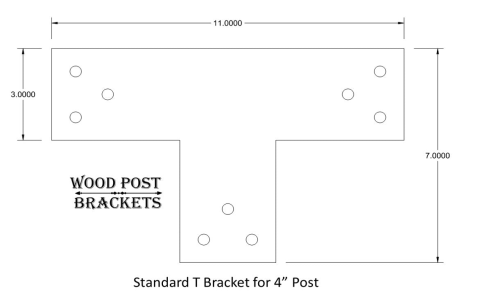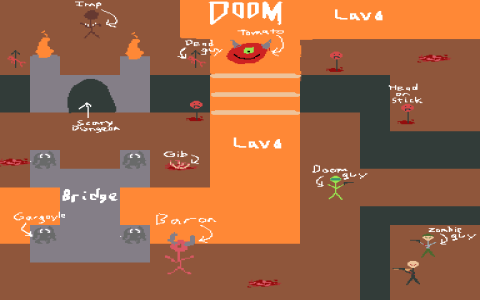Okay, so yesterday, I was actually watching my nephew’s little soccer game, right? Tiny kids running everywhere, pure chaos. And someone behind me, probably another confused aunt or uncle, blurts out loud: “Wait… how many are actually supposed to be out there? Looks like a whole army!”
Honestly, I kinda froze. I watch a lot of pro soccer on TV – Premier League, Champions League, you name it. Eleven players, obviously. Easy. But seeing those little kids… it suddenly wasn’t obvious anymore. Was my nephew’s team playing with too many? Too few? Did youth leagues have different rules? I realized I actually didn’t know the specifics for kids versus the big leagues.
So, after the game, bugging me like a loose tooth, I decided to figure it out for real. Not just guess. I started by just… looking. Simple, right?

The Basic Count
First, I grabbed my laptop. Searched the official rules for FIFA – the big boss of soccer. Confirmed what I knew: a professional match starts with eleven players per side on the pitch. Goal. But right there, the rules also mentioned substitutes. FIFA allows a max of twelve substitutes named for a game, but only three can be used during the match itself. Interesting.
Then the Real Confusion – Kids’ Leagues
Okay, pros done. Now, my nephew. His team looked smaller. But how much smaller? How did it work?
I didn’t trust my memory. Needed real numbers. I went digging:
- Googled stuff like “youth soccer team size rules.”
- Checked local league websites where he plays.
- Asked my brother (who’s sorta involved as a dad-driver to practices).
Turns out, it’s a total mess! It depends SO MUCH on the kids’ age group. Like, it changes almost every couple of years as they grow.
Here’s what I found bouncing around:
- Tiny Tots (Under-6): Might play 3 vs. 3 or 4 vs. 4. Seriously small! Maybe no goalie even. Just running and kicking.
- Little Kids (Under-8/Under-10): Usually steps up to 7 vs. 7. Okay, getting bigger. Usually includes a goalie now.
- Bigger Kids (Under-12): Often jumps to 9 vs. 9. More space, more positions starting to form.
- Teenagers (Under-14 and up): Finally starts looking like the real thing. Mostly 11 vs. 11. Maybe slightly smaller fields sometimes.
The Substitute Situation – Way Different!
This part really threw me. For pros? Three subs, usually. Maybe more in specific tournaments lately, but generally few.
For kids? Forget it.
Everything I saw said youth leagues are way more flexible. The idea is to get everyone playing, learning, and having fun. So:
- Rolling Subs: Coaches can sub players in and out constantly, like hockey shifts. Kids get breaks, everyone gets time.
- No Real Limit: Often, as long as a kid is registered for the team, they can play. The sub rule feels much looser. Winning isn’t the only point for these leagues.
Putting It Together
So here’s the big picture I ended up with:
- Pros (and older teens): 11 starters, with a bench of up to 12 substitutes, but only 3-5 usually get swapped in during the actual game.
- Kids (U-6 to U-12-ish): Way fewer on the field (3v3 up to 9v9) depending how small they are. Substitutes? Basically unlimited swapping, get everyone involved!
Watching the pros on TV gives you one idea – eleven guys, intense, few changes. Seeing little kids play is a whole different world. Smaller teams, constant swapping, pure fun vibes mostly.
It seems so obvious now. But sitting there at my nephew’s game, with that question in the air? Felt like discovering something new. Shows you don’t always notice the details until someone points them out. Makes me wonder what other “obvious” things I just assume… Maybe next time I watch him play, I’ll actually count them properly! Unless, you know… I get distracted by the running chaos again. Totally possible.



